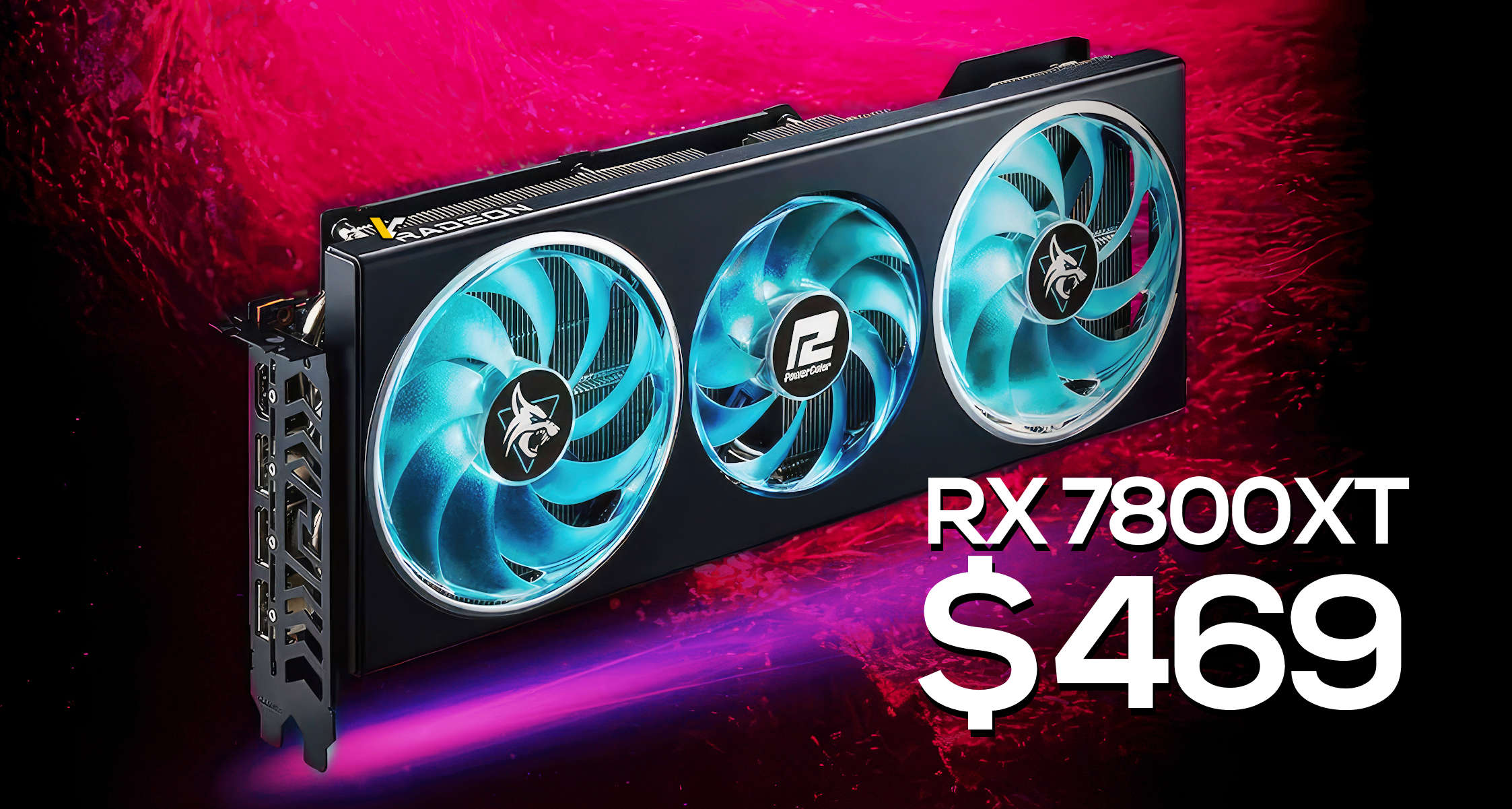Uhm.
I think you probably misunderstood my question. Compare these 2 graphs:
-48% revenue but operating margin only dropped from 18% to 16%.
Operating profit = Revenue - Cost Of Goods Sold (e.g. wafers from TSMC) - Operating Costs (e.g. R&D salaries).
Typically when a company's revenue drops by ~50%, their fixed costs mean their operating margins crash horribly, e.g.:
- $100M revenue
- $60M costs of goods sold (=> 40% gross margins)
- $25M operating expenses
=> $15M operating profit with 15% operating margins.
If you lose 50% of revenue (but don't fire 50% of your employees...):
- $50M revenue
- $30M costs of goods sold
- $25M operating expenses
=> $5M operating *loss* with -5% operating margins.
The implication is either their gross margins for gaming somehow increased massively, or they reduced their operating costs. I am assuming the latter, but they didn't fire half their employees, so where did those costs/employees go? I am assuming some of them are now in the datacenter BU at least for accounting purposes, but I am very open to other explanations, I just can't personally think of any which is why I'm asking!





